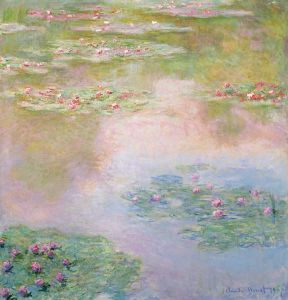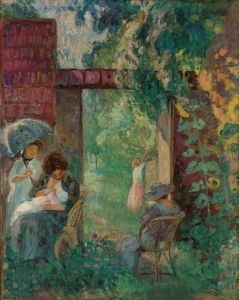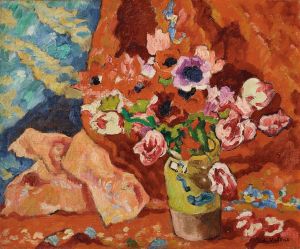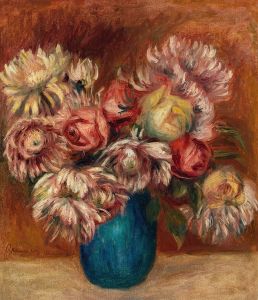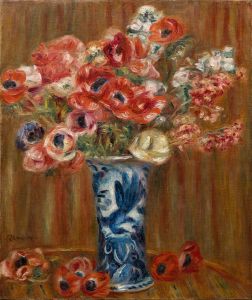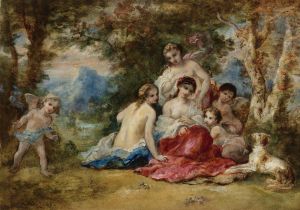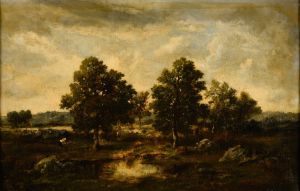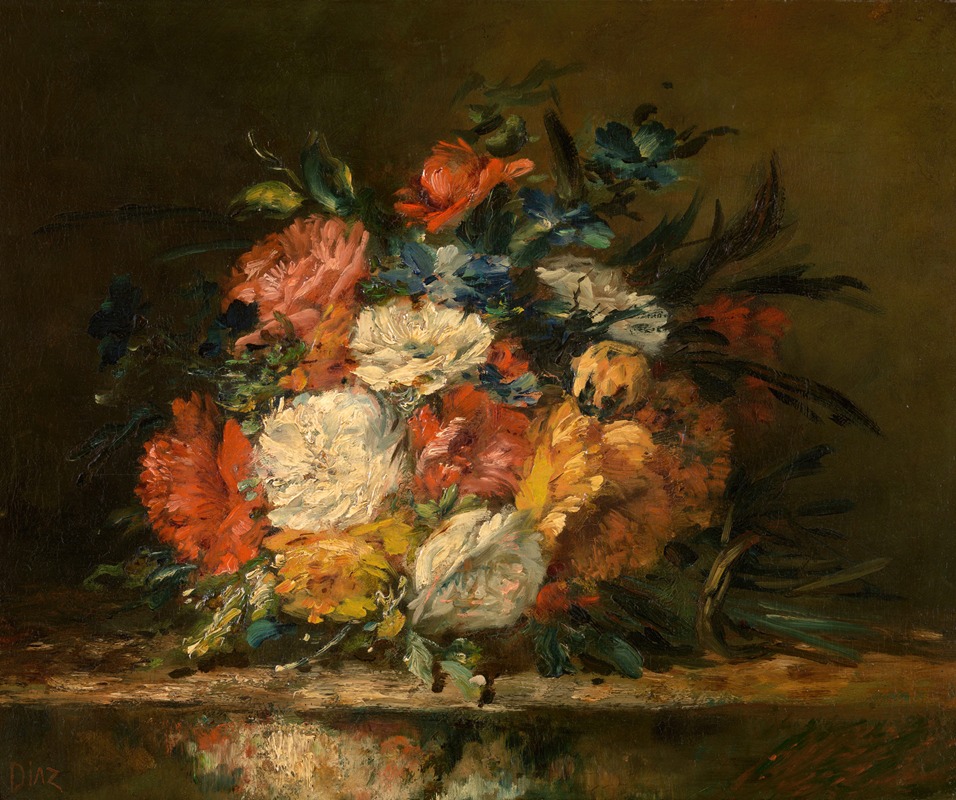
Flowers
A hand-painted replica of Narcisse-Virgile Diaz de La Peña’s masterpiece Flowers, meticulously crafted by professional artists to capture the true essence of the original. Each piece is created with museum-quality canvas and rare mineral pigments, carefully painted by experienced artists with delicate brushstrokes and rich, layered colors to perfectly recreate the texture of the original artwork. Unlike machine-printed reproductions, this hand-painted version brings the painting to life, infused with the artist’s emotions and skill in every stroke. Whether for personal collection or home decoration, it instantly elevates the artistic atmosphere of any space.
Narcisse-Virgile Diaz de la Peña (1807–1876) was a French painter associated with the Barbizon School, a group of artists who worked primarily in the forest of Fontainebleau and were known for their contributions to landscape painting and the development of naturalism in art. Diaz de la Peña is particularly recognized for his richly colored and atmospheric works, often depicting forest scenes, figures, and still lifes.
One of his notable works, Flowers, exemplifies his skill in capturing the delicate beauty of nature. This painting focuses on a vibrant arrangement of flowers, rendered with a lush palette and a sense of immediacy that reflects his mastery of color and texture. The composition demonstrates Diaz de la Peña's ability to infuse even a simple subject with a sense of vitality and elegance. His brushwork is characterized by a loose, expressive style that brings the flowers to life, while the interplay of light and shadow adds depth and dimension to the piece.
Flowers is a testament to Diaz de la Peña's versatility as an artist. While he is best known for his forest landscapes, this work highlights his talent in still life painting, a genre that allowed him to explore the subtleties of form and color. The painting's intimate scale and focus on natural beauty align with the broader goals of the Barbizon School, which sought to move away from the grand historical and mythological themes of academic art in favor of more personal and immediate subjects.
Diaz de la Peña's work, including Flowers, was influential in the transition from Romanticism to Realism in 19th-century French art. His emphasis on the sensory qualities of paint and his interest in capturing the fleeting effects of light and atmosphere paved the way for later developments in Impressionism. Today, his paintings are held in major museums and collections around the world, where they continue to be celebrated for their technical brilliance and emotional resonance.
Specific details about the provenance or current location of Flowers are not widely documented. However, like many of Diaz de la Peña's works, it likely reflects his deep appreciation for the natural world and his commitment to portraying its beauty with honesty and sensitivity.





